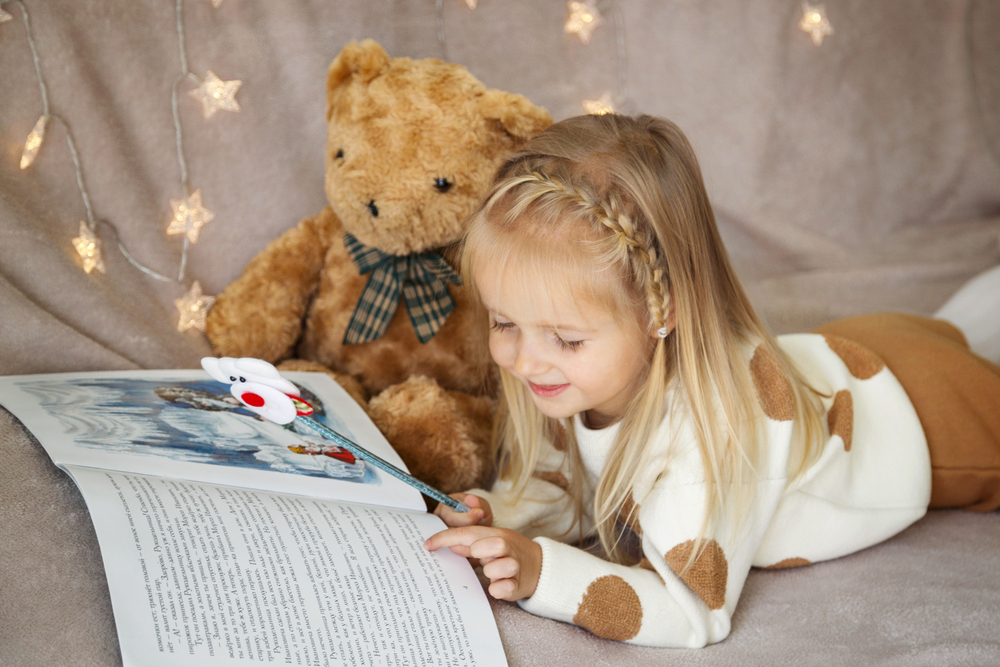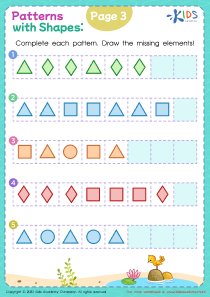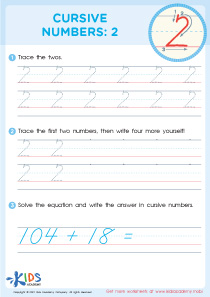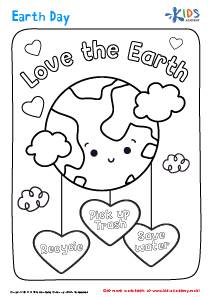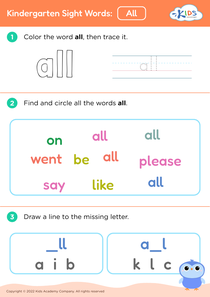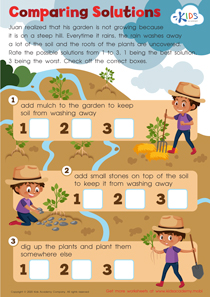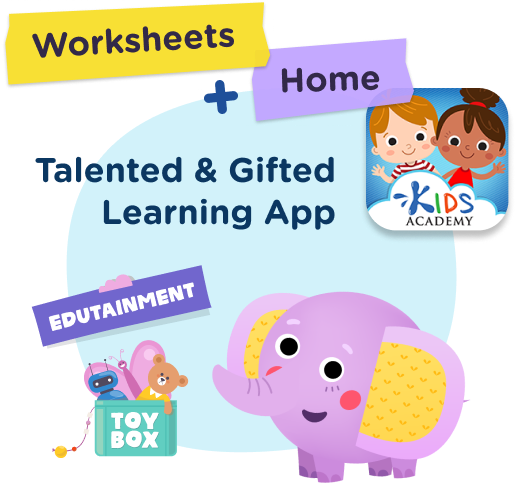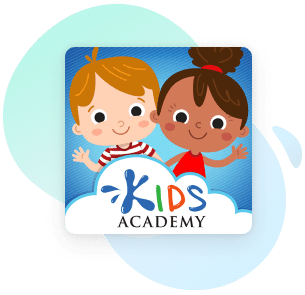Spatial awareness Worksheets for Ages 3-4 - Page 2
29 filtered results
-
From - To


Find Words Mouse Maze Worksheet
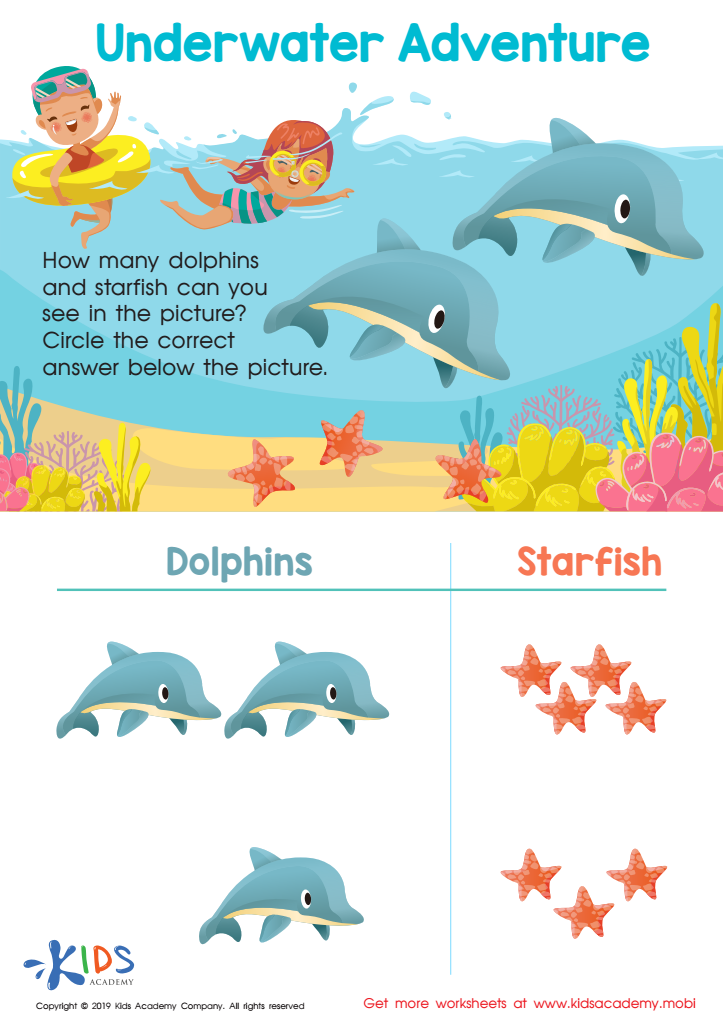

Underwater Adventure Worksheet
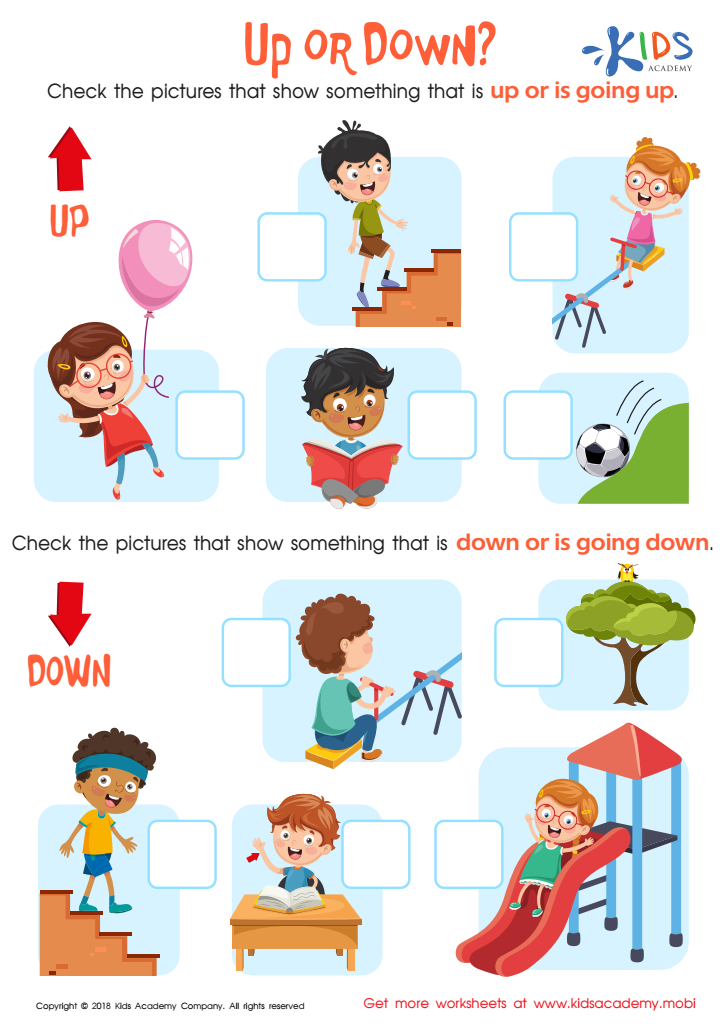

Up or Down Worksheet


Migration Maze Worksheet
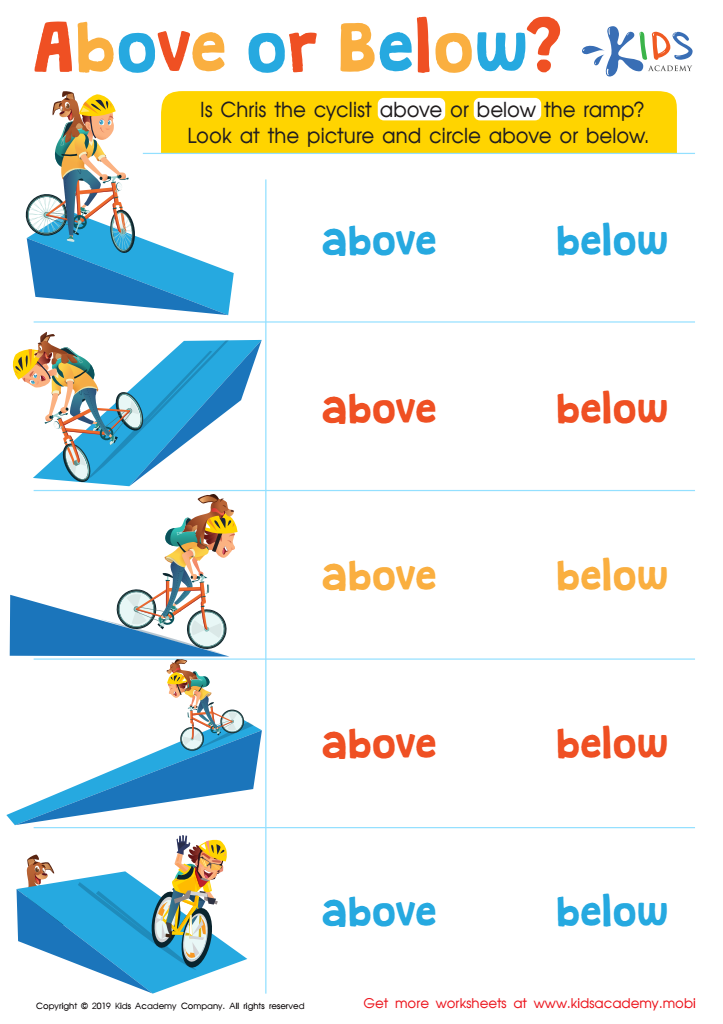

Above or Below? Worksheet
Spatial awareness is essential for children aged 3-4 as it forms the foundation for various cognitive and physical skills. At this age, children are rapidly discovering and interacting with the world around them. Developing spatial awareness allows them to understand how objects relate to each other and their position in space, which is crucial for their overall development.
For parents and teachers, fostering spatial awareness can enhance learning experiences. Children with strong spatial skills are more adept at problem-solving, which is necessary for math and science concepts later in their education. These skills also aid in daily tasks like navigating through space, organizing materials, and understanding directions.
Moreover, spatial awareness activities, such as building blocks, puzzles, and games, encourage creativity, critical thinking, and fine motor skills. Engaging in these activities promotes social interaction, as children often collaborate or compete with peers, enhancing communication skills.
Lastly, an awareness of space can aid in coordination and balance, influencing physical development. By nurturing spatial awareness, parents and teachers can support children in becoming confident learners who are better equipped to tackle future academic and social challenges. Overall, prioritizing spatial awareness in early childhood is key for a well-rounded development.
 Assign to My Students
Assign to My Students

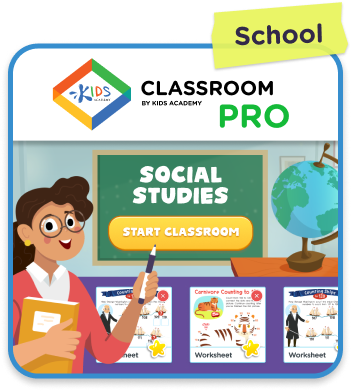


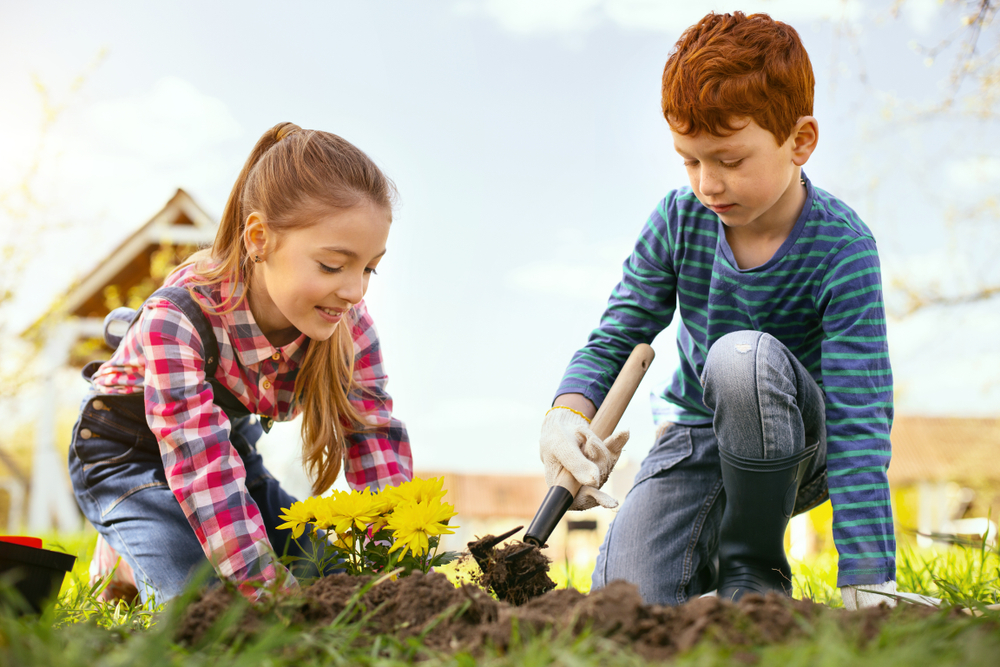
%20(1).jpg)

